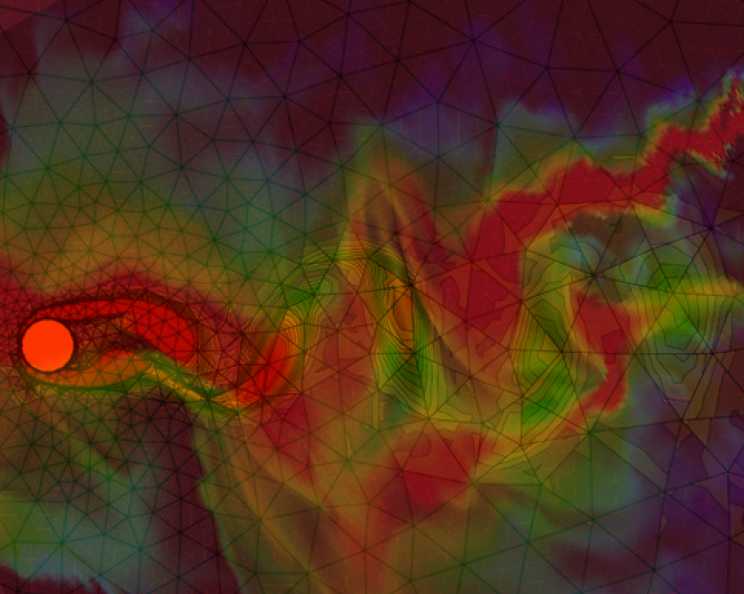
Computational Fluid Dynamics (CFD) modelling provides valuable insights into the behaviour of chemical reactions in complex fluid flow environments; leading to improved process efficiency, safety, and environmental sustainability. CFD modelling is beneficial for understanding chemical reactions in a variety of ways:
- Visualization: CFD allows for the visualization of complex fluid flow patterns and concentration gradients, which are crucial for understanding the distribution of reactants and products in a reacting system.
- Optimization: CFD can be used to optimize reactor design and operating conditions by predicting the impact of various parameters (e.g., temperature, pressure, residence time) on reaction rates and product yields.
- Scale-up: CFD can help in the scale-up of chemical reactors by simulating the performance of a reactor at different scales, which can reduce the need for costly experimental trials.
- Safety: CFD can be used to assess the safety of chemical processes by predicting the potential for unwanted reactions (e.g., runaway reactions, formation of hotspots) and designing appropriate safety measures.
- Economic Analysis: CFD can aid in economic analysis by predicting the performance and efficiency of different reactor configurations, helping to minimize operating costs and maximize product yields.
- Environmental Impact: CFD can assess the environmental impact of chemical reactions by predicting the dispersion of pollutants and by-products in the environment.


 Contact details:
Contact details: